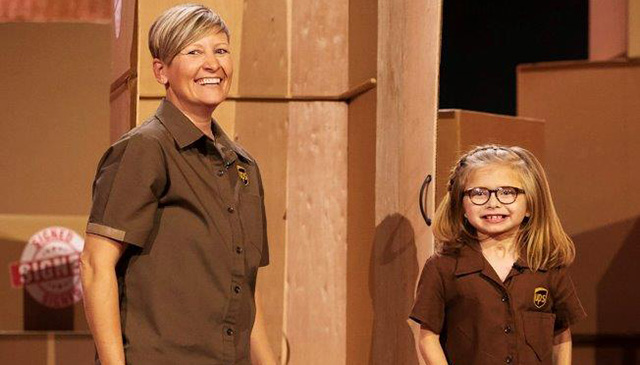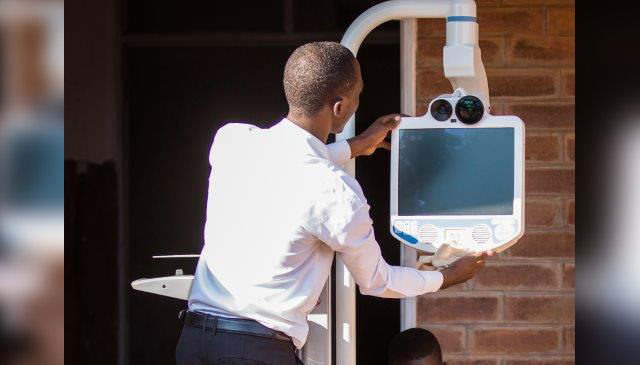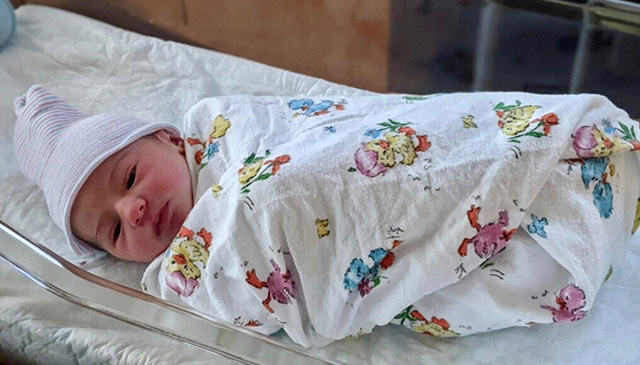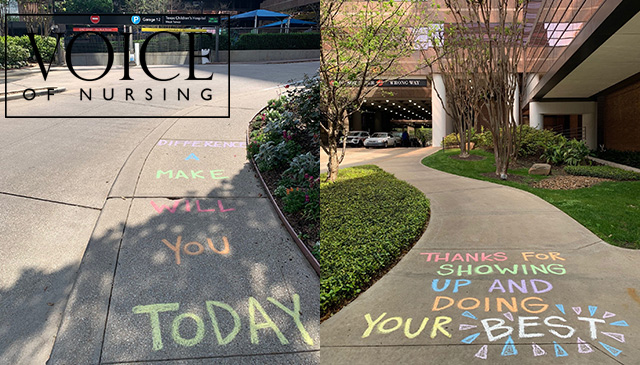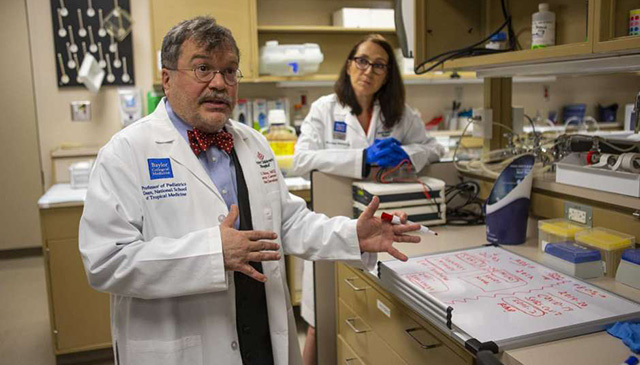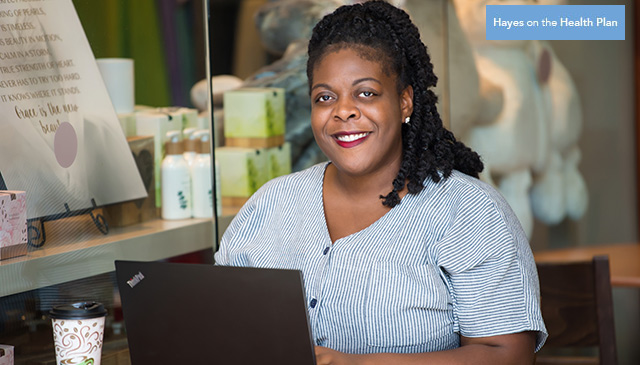
Greetings One Amazing Team! I send positive vibes your way from my remote work location. My sincerest hopes are that everyone is protecting themselves and those they love.
I write to you today as one of the many employees assigned to work from home in our effort to social distance during COVID-19. My last day in the office was March 12 — and wow, how the world has changed since then.
Texas Children’s employees are now working in a variety of locations, on a variety of shifts to help meet the needs of the organization. For those of you who continue to work onsite, I say ‘thank you’ for what you do to care for patients and their families. For those of you who are working from home, this post is for you and it comes with an encouraging word.
Work productivity doesn’t have to suffer just because you are working at home. I’ve identified my top five tips for remote work success and I would love to hear yours. Let’s get started!
5. Take care of your physical, mental and spiritual health.
I know this one sounds like common sense. However, with everyone on a different routine, grocery store runs requiring masks, kids going crazy and the dogs barking all day, it can be easy to end up an unhealthy person. Sleeping too little, eating too much, consuming a lot of news and forgetting to stay grounded can lead to a lack of productivity.
I learned early in this process that even though I didn’t have to make the commute to the office or my daughter’s school, I still needed a bedtime for myself, an early wake-up time, a quick walk around the park and some mid-day prayer.
I now eat fruits and vegetables, drink water and make my own health a daily priority. If you missed it, make sure to read the recent Connect story on managing stress and anxiety during this pandemic.
4. Create a workspace
Based on my own research and personal experience, I do believe that a dedicated workspace is key to productivity. For some employees this is a home office and for others it’s the dining room table. Regardless, having one location for all things work-related will increase your focus. My workspace includes:
– A tabletop with enough space to spread out
– A comfortable chair that supports my back
– Nearby outlets to charge my laptop, cell phone and anything else that might require charging.
What does your work space look like? I’d love to hear.
3. Run the day. Don’t let the day run you.
Creating a schedule for yourself is a must! My most productive days have taken place when I planned ahead, accounted for every hour of my time and set concrete goals for what I would accomplish. Without having goals and a plan, it is so easy to get distracted by the city’s daily press conference, my daughter’s school work, a run to the grocery store, and a million other things.
2. Make sure you have the necessary tools, technology and equipment.
Now more than ever, the right amount of internet capacity is key. Check out the story that ran in Connect last week tilted “What it takes to work from home.” In that story, we talked about all of the ways you must prepare yourself technologically.
In addition to Internet capacity, ask yourself the following questions:
– Do I now need a mouse, a printer, an extra screen or some other piece of equipment to get my work done?
– Do I have all of the supplies and materials necessary to perform at my highest level?
– Can I effectively work from home?
When we are working in the office, we often take for granted all of the ways that our workspace has been optimized for productivity. We should try to replicate that space as much as possible. If you have any needs that you aren’t able to meet, reach out to your manager for assistance.
1. Give yourself some grace
How many times have you heard that these are unprecedented times? That means that no one has done this before. Work hard, work smart and be the best employee you can be. But at the same time, give yourself some grace. Staying productive at work is a must, but if the day doesn’t go perfectly it really will be okay. Breathe. Take the good days with the not so good ones — and above all, stay safe.
Hayes on The Health Plan is written by Texas Children’s Health Plan employee Erika Hayes. Erika is also a member of the Corporate Communications team. If you have tips and tricks that have worked for you while working from home, please send Erika an email at eehayes1@texaschildrens.org . She will share employees’ ideas on our @oneamazingteam Instagram page.


